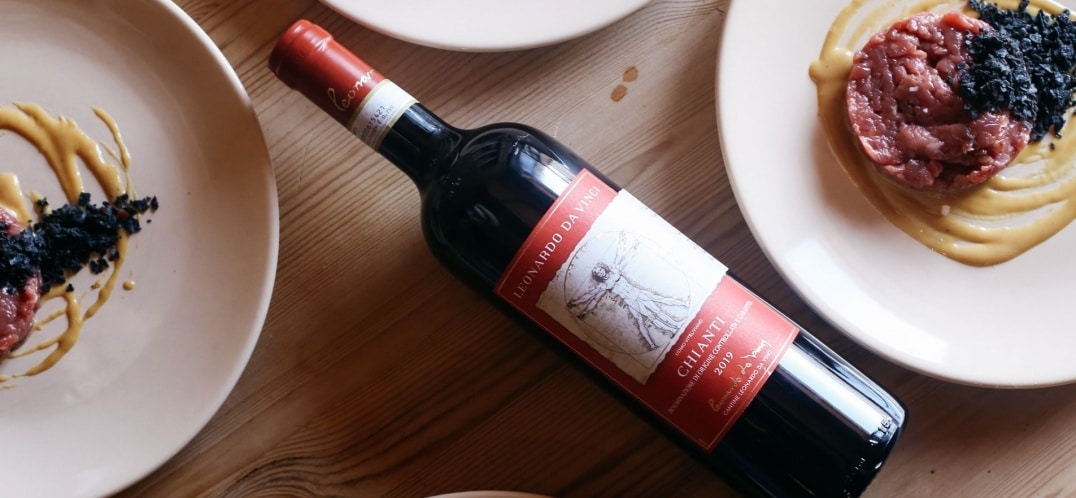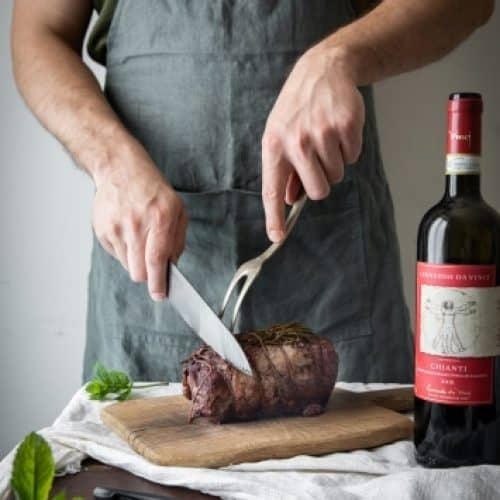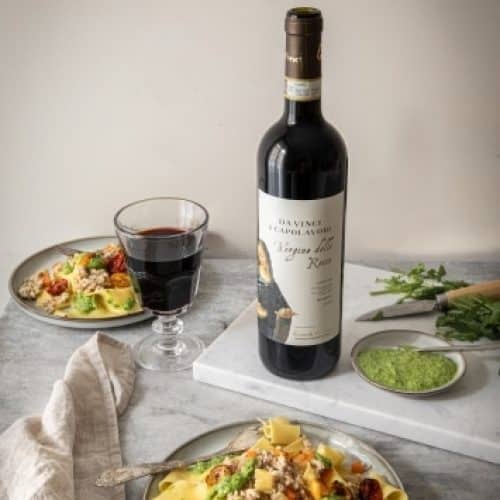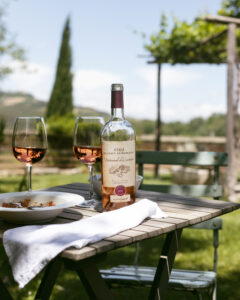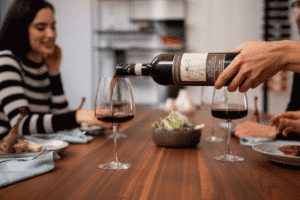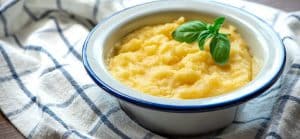Chianti is one of the most renowned wine-growing areas in the world. It extends into the provinces of Florence, Siena, Arezzo, Pisa, Pistoia and Prato, and the appellation of red wines of great value is derived from its name.
Since 1984 Chianti has been a DOCG wine (Denomination of Controlled and Guaranteed Origin) that reflects the characteristics of the terroir in every olfactory nuance: with its sandstone, galestro, and limestone compounds, the grapes find the best environment for a bouquet composed of iris, violets and berries aromas. Loved by many, Chianti Classico is an extremely versatile, fragrant and round wine, while the Chianti Riserva is more full-bodied and prized. The olfactory nuances are given by the territory, but also by the wood type of barrels. While once it was usual to use those in chestnut or oak, today French oak barriques are used instead.
Within the I Capolavori collection – which combines the great Italian wine names with the most famous paintings of Leonardo – you can select a Chianti or a Chianti Riserva, both depicted with a detail from the painting La Vergine delle Rocce. The choice may also depend on the type of combination with the food you want to propose.
There are many recommended combinations with Chianti that enhance the structure of the wine and amplify the flavor of the dish. The first that stands out is the combination with starters and main courses with pronounced flavours, based on red meat, truffles, game and roasts. The contained tannins and freshness of Chianti Classico fit well with cooking on the grill that enhances the juices of a cut of meat, enhancing the pairing and maintaining a decisive gustatory balance. Returning to the tradition and centuries-old history that characterizes Chianti in the combinations with food, it’s impossible not to mention the soups and typical dishes of the Tuscan territory that feature vegetables and stale bread, and which go perfectly with the wine of the area. These ‘poor’ meals blended well with the typical acidity and freshness, providing structure and a pleasant persistence on the palate.
The aging in wood evokes spicy aromas of vanilla, black pepper and licorice that perfectly accompany the flavor of cheeses and charcuterie. When paired with fish starters, Chianti Classico expresses its most delicate and hidden notes, eucalyptus and menthol, creating a round and lasting harmony of flavors.
If, for the Chianti Classico, every combination manages to find its own twist, for the Chianti Riserva another reasoning is necessary. With its fine, savory and floral nose and intense ruby color, the Riserva is sapid and lightly tannic and requires more complex and delicate flavors. Ideal then, is game or game birds, whose lean, tasty and rich meat can add an acidity and articulated note to the tannin in order to prolong the flavors. In the more refined and aged Chianti Riserva, tertiary hints of tobacco and pepper are noted, in balance with the acidity and typical structure of the predominant grape variety. The combinations with Chianti Riserva are also in perfect harmony with mature, fat and well-structured cheeses.
